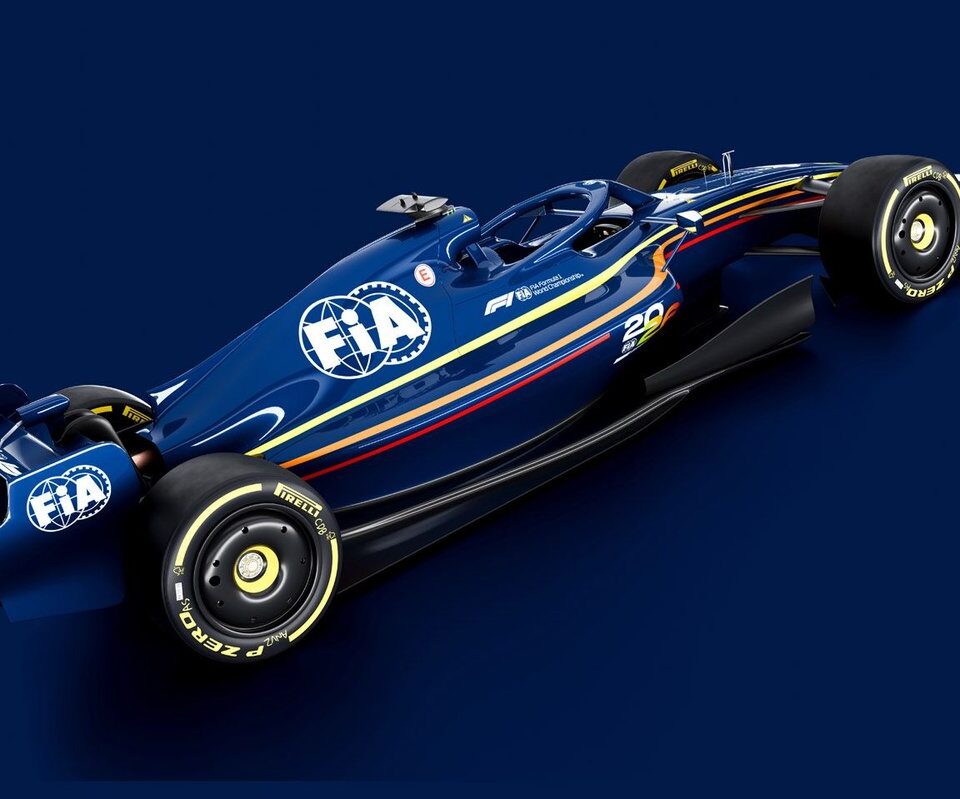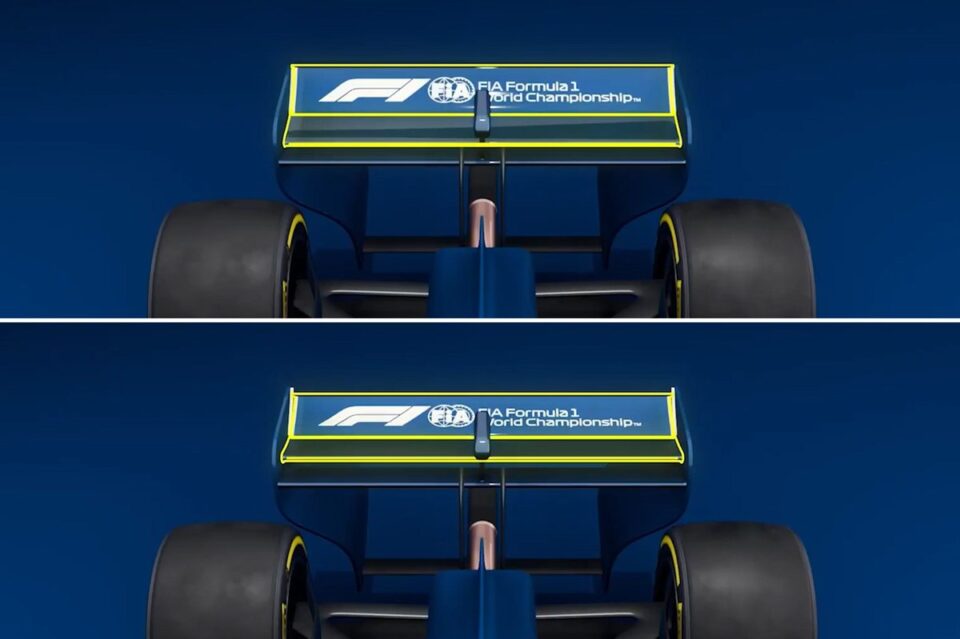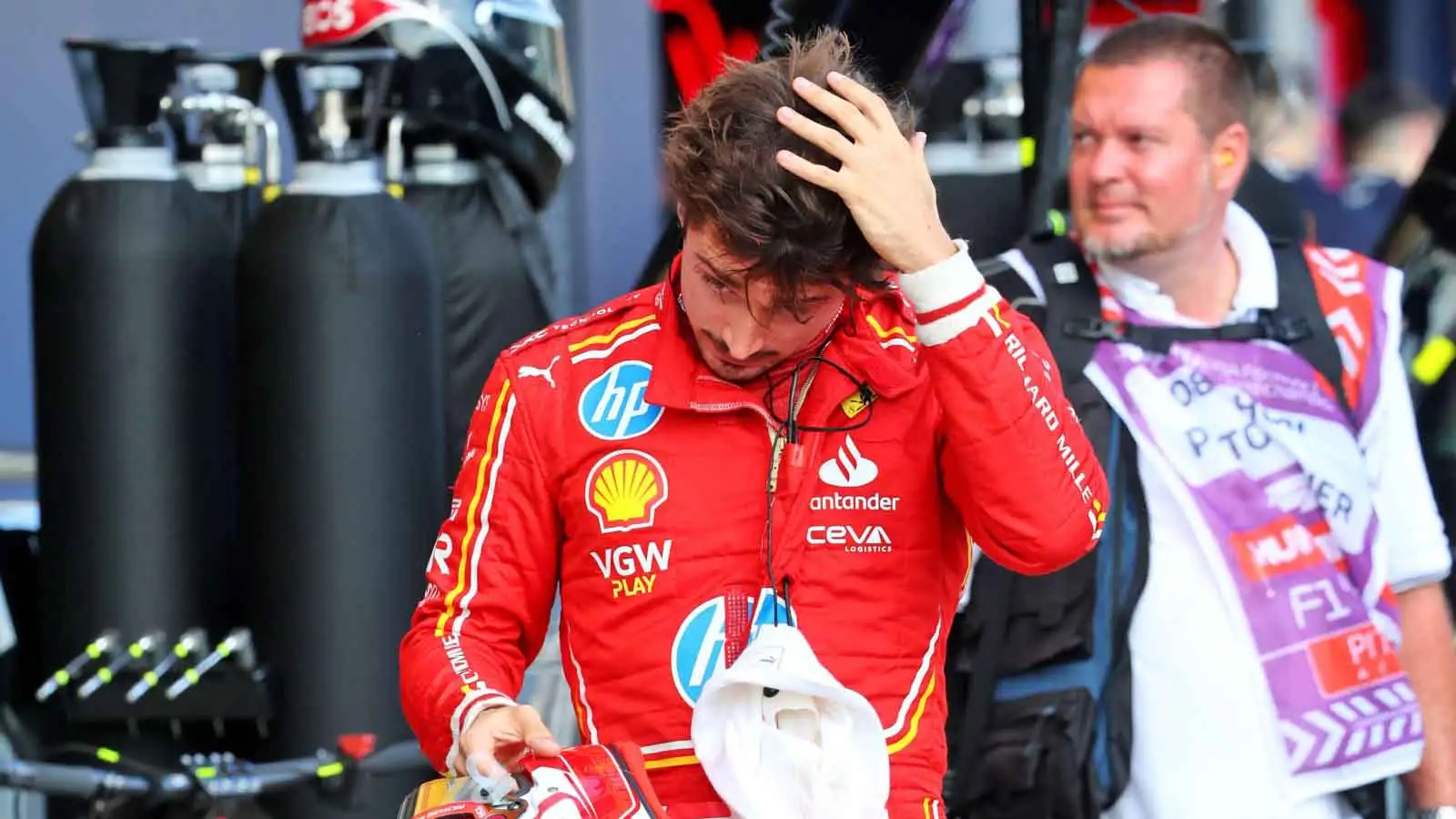Formula 1 has faced its share of alarming stories about the new 2026 car rules. From fears about ‘Frankenstein’ vehicles to drivers needing to downshift on straights, and even simulation tests showing cars spinning out on the straights, the journey hasn’t been smooth. But with the new rules now announced, there’s a new sense of optimism.
The 2022 regulations aimed at improving the quality of racing in Formula 1 didn’t quite hit the mark. However, the FIA is optimistic that the new 2026 rules will finally offer a greater spectacle. Rather than worrying about a negative impact, fans can look forward to improvements.
One major issue with the current cars is that they’re too heavy and too sensitive to dirty air, which hampers close racing. The 2026 regulations focus on resolving these issues. Jason Somerville, FIA’s head of aerodynamics, stated, “The main goal of the 2026 aero rules is really to focus on re-establishing following car performance. We want great racing; we want to ensure that the cars can race closely.” The new cars will be lighter by about 30kg and have aerodynamics less prone to manipulation by teams.
Nikolas Tombazis, FIA’s single-seater director, mentioned that the simulation figures for the 2026 cars show significant improvement compared to 2022. He explained, “We believe we’ve got a handle on what teams could do to degrade this as part of their performance development and know where the levers were. So, I’m expecting the ability to race closer to be significantly better.”
The ride height sensitivity of current cars has also been a limiting factor. For 2026, changes to the underfloor design aim to broaden the performance window. Tombazis noted, “We have been working on the philosophy of the floor, which is going to have a less strong diffuser and is going to be less dependent on being very close to the ground. We expect the operating conditions of the cars to be in a more moderate rear ride height and therefore to not have that issue.”
The 2026 cars faced concerns about becoming ‘Frankenstein cars’ due to the new hybrid engines needing more battery power. Recent active aero tests also showed troubling results. However, Tombazis assured that both issues have been resolved. “We carried out a huge amount of work on energy management and a lot of these scare stories were fairly premature,” he said.
He elaborated, “The front and rear wings have to be adjusted together.” This ensures that the cars will have overall more power, better acceleration out of corners, and either similar or higher top speeds. “The cars have overall more power,” Tombazis pointed out. “So faster acceleration out of the corners, and either similar or higher top speeds overall, with no significant rollover of top speed on the straight. Cornering speeds are going to go down a bit, due to the lower downforce. So overall: lower cornering speed, higher straight-line speed and harder braking.”
Tombazis believes that 2026 offers a chance for F1 to make up for what it missed with the current rules. “We believe we made a step towards closer racing in 2022. But there were also things we got wrong, and we’re trying to get it completely right now.”
Despite early fears, the new F1 2026 regulations promise to offer a better racing experience with lighter cars, improved aerodynamics, and better energy management. The FIA is optimistic that these changes will help Formula 1 deliver the exciting, close racing that fans crave.
Source: Motorsport ˙ Youtube










